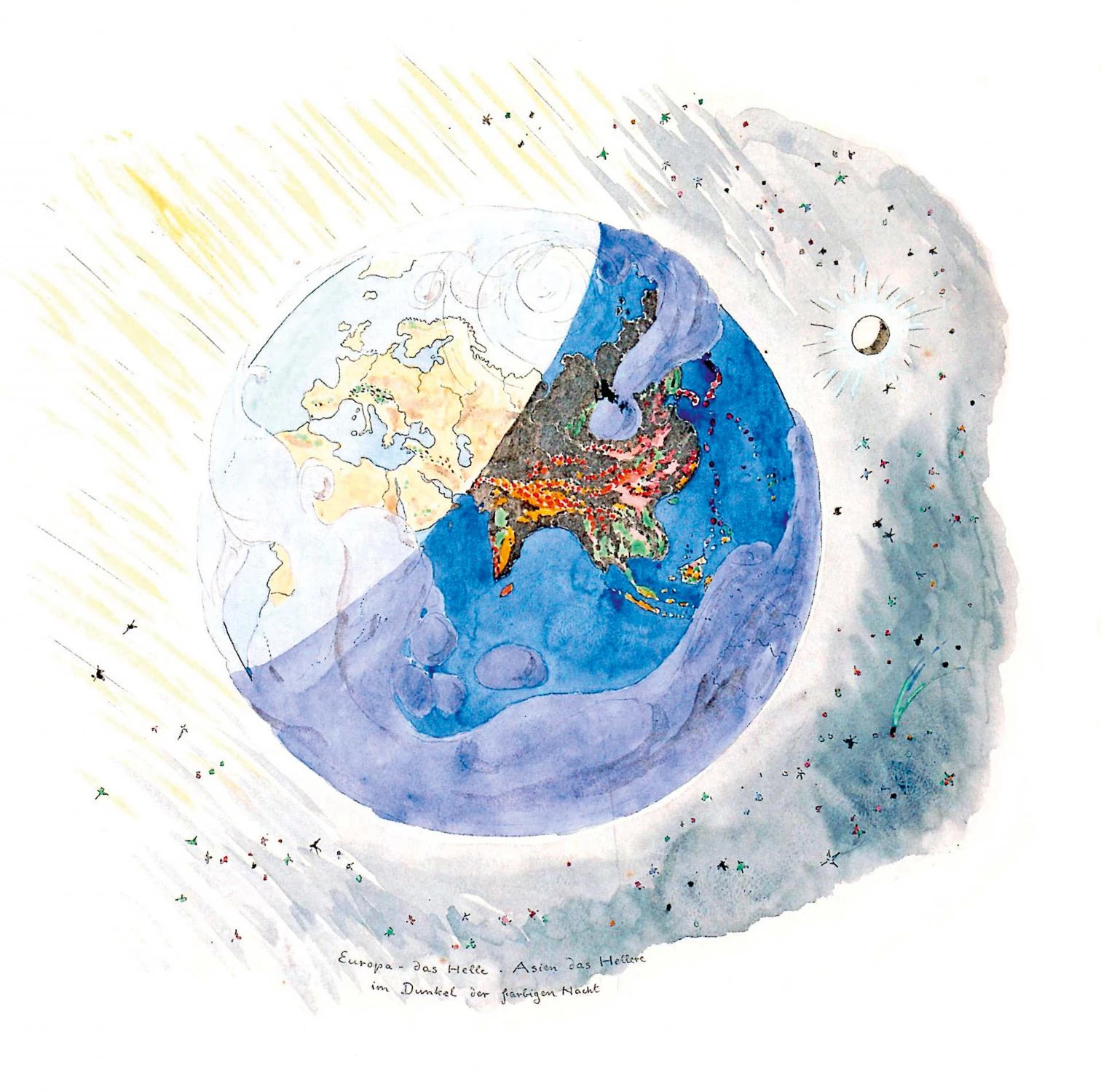
Architecture has long served as a means of protection against the environment (both ‘natural’ and man-made) and simultaneously as a discipline whose concern was the materialization, organization, and representation of the life taking place within that milieu, whether at the scale of furniture, houses, apartment buildings, institutional headquarters, cities, or, occasionally, nations. Architecture is a political technology, endowed with the task of regulating the health, socialization, and productivity of citizens.
This is not a new story. Modern architecture earlier sought an expanded role in government, as evident with the establishment in 1928 of the Congrès International d’Architecture Moderne (CIAM). Founded, or so the story goes, following what Le Corbusier called the ‘Palais des Nations affair’ – the scandalous appointment of other architects to design a new headquarters for the League of Nations in Geneva the previous year –, CIAM articulated a new, international ‘battlefront.’
In the late 1960s and 1970s, the scale of environmental concern expanded exponentially, as registered in tropes like ‘Whole Earth’ and the rhetoric of ‘Spaceship Earth,’ or in the equally postsovereign territory forged by global capitalism. Although Buckminster Fuller, for example, had long prided himself on thinking not only in international, but in ‘world-around’ terms, this global imaginary now became far more common, architecture’s client becoming ‘humanity’ as such. It is because of this, not incidental to the story, that the United Nations became increasingly concerned not only with questions of international security and war, but also with the management of environments, populations, food, women, the sea, and, in turn, human habitats. Following the reconstruction of war-torn Europe, and in response to calls for economic parity and justice, the UN worked to install solutions to environmental and urban problems in the developing world firmly within global economic and political apparatuses they could steer. While Le Corbusier sold his ‘radiant city’ vision to industrialists, bankers, and governments as a counterrevolutionary strategy – ‘Architecture or Revolution. Revolution can be avoided’ –, something similar can be found in the evolving discourses of ‘human settlement’ and ‘habitat,’ addressed to humanity al large. Armed with scientific and technical data and engaging new, flexible technological paradigms and techniques of management, architecture sought a vocation for its artifacts and expertise within the context. Intimately connected with the exercise of political power within shifting geopolitical frameworks, it came to serve a multinational clientele.
The transformation of geographical scale and increased attention to humanity and ‘life itself’ did not leave the conception of an architectural object or practice unchanged. Architecture was now understood within a global matrix of forces (environment, development, migration, war, poverty, communications technology, computerization), the pressures exerted upon domiciles and habitats, and hence the historical conditions manifest in houses and cities. Unlike their utopian modernist forerunners in functional planning and hygienic housing estates, these artifacts soon became almost unspeakable as a concern for the discipline proper, which retreated into the historical and semantic experiments of postmodernism, a call to order that itself forms an equally symptomatic, if more legible architectural response to those very same globalizing forces.
Felicity D. Scott is a professor at Columbia University and the author of Outlaw Territories (MIT Press, 2016)





